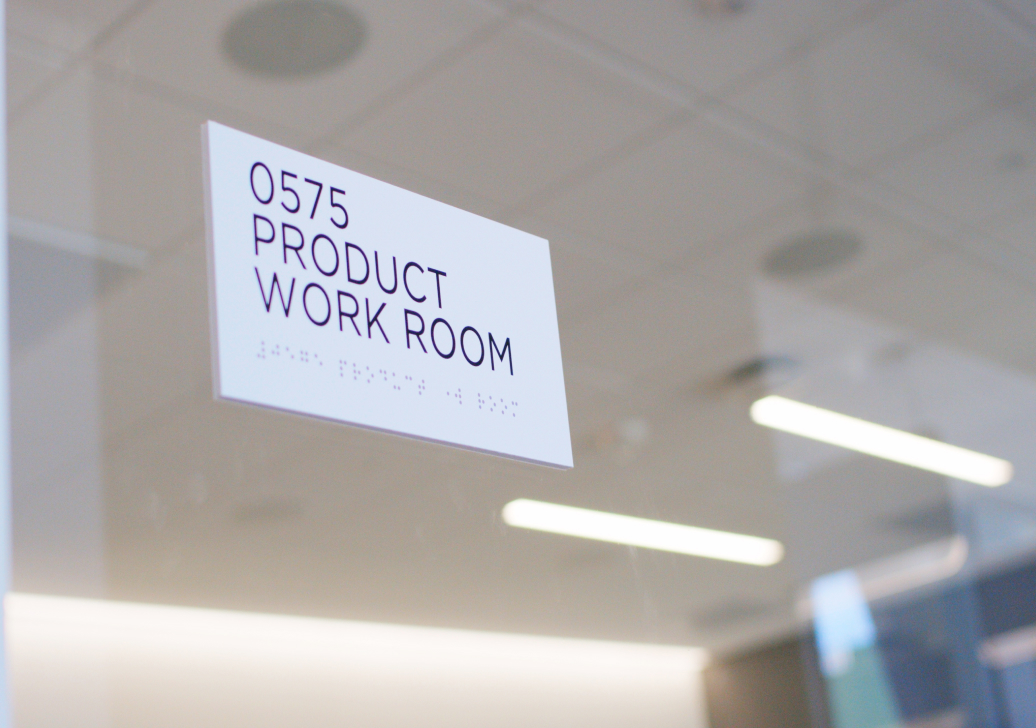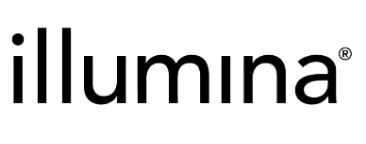Innovation

What we do | Enterprise software
Our greatest contribution to sustainable development is through innovation, designed to maximize human potential. Asana is an enterprise-grade work management platform that helps organizations work smarter and achieve strategic goals.
At Asana, our goal is to inspire transformational change in the way organizations collaborate across teams with intelligence to solve problems and achieve their missions.
With the Asana enterprise-grade platform and Work Graph data model, we help drive strategic alignment, collaborate across teams, and operate with greater agility, enabling organizations to become more effective, resilient, and sustainable.
ROI of Asana
IDC’s compelling research demonstrates the business value of Asana.
A few of the business value highlights from this year’s study:1
33%
faster completion of digital transformation initiatives
82%
higher employee satisfaction with collaboration tools
214%
ROI within one year of customer platform deployment
Scalability, interoperability, and flexibility
Technological resilience is a key topic identified by our materiality assessment and is critical to our continued ability to enable customers to achieve their missions.

Scalability
Our ability to scale enables customers of any size to benefit from the incremental efficiencies that come with more collaborative work flowing through the platform.

Interoperability
Our platform integrates with other workplace applications, which allows it to merge seamlessly into teams’ workflows.

Flexibility
Our solutions are designed to unlock sustainable innovation across our customer ecosystem, helping to break down silos, and connect people, process, and technology.
Product accessibility
At Asana, our mission is to help humanity thrive by enabling the world’s teams to work together effortlessly. That includes empowering teammates with disabilities by embracing accessibility throughout our experiences.
We have a dedicated team tasked with building principles of accessibility into our product. Through hundreds of qualitative and quantitative research sessions, and in partnership with accessibility experts and customers with disabilities, we’ve gained a deep understanding of users’ accessibility needs. Through this work, we’re continuing to build a product that embraces accessibility.
Why we do it | Collaborative Intelligence
For many organizations, leading by intuition isn’t enough to drive successful results. At The Work Innovation Lab by Asana, our leading-edge, human-centered research is designed to help businesses and leaders apply a data-driven, research-backed approach to decision-making.
Collaborative Intelligence is at the center of The Work Innovation Lab’s research and it enables leaders and managers to understand how to improve their collaboration to maximize performance—including increasing efficiency, productivity, innovation, and employee engagement. Collaborative Intelligence is based on the premise that we can enable the world’s teams to work together more effortlessly by helping them achieve “healthier” collaboration.
The organizations that thrive today and in the future will embrace Collaborative Intelligence to determine how their teams can work better together to drive mission-critical business outcomes.

Rebecca Hinds, PhD
Head of The Work Innovation Lab by Asana
At one extreme, too little collaboration results in employees feeling lonely, languishing, and under-engaged. At the other extreme, too much collaboration results in employees feeling overloaded, overwhelmed, and burned out.
Today, collaboration is more invisible than ever, involving distributed workers, more technologies, and more complex workflows. As we continue to innovate, we’re infusing our product with Collaborative Intelligence—insights about how individuals, teams, and organizations are collaborating.
With the power of collaborative intelligence, we can help organizations detect the dysfunctional and functional parts of their collaboration network.
Spotlight
Anatomy of Work
Asana’s 2023 Anatomy of Work Global Index offers concrete steps organizations can take to build a more agile workplace and reduce monotonous “work about work”.
Asana’s 2023 Anatomy of Work Global Index surveyed more than 10,000 knowledge workers to learn what “work about work” actually looks like in their daily lives. What we found is that roughly 60% of people’s workdays are spent on “work about work”—not on the skilled work they were hired to do.
The result? Hundreds of hours wasted a year, declining workplace productivity, and increasing worker burnout.
The Anatomy of Work report offers key takeaways for companies on building more clarity into their workflows, being more transparent about organizational goals, improving skill building, and modeling sustainable work-life balances. Read more about how companies are taking steps to build more agile workplaces for their workers.
How we know it is working | Our customers
Our mission is ultimately achieved through the successes of our customers. That’s why we are thrilled to hear from our customers every day about their greatest achievements. Through our Customer Advisory Board, we gain unique insights into developing opportunities where we continue to evolve in the coming years.

Customer Case Study
Asana for biotechnology
An innovative biotechnology firm relies on Asana to keep its teams focused on the goal of changing the course of diseases globally.
Illumina’s next-generation sequencing solutions for DNA, RNA, and protein analysis serve as tools for disease research, drug development, and the development of clinical molecular tests that are improving human health across the world, with applications in oncology, genetic disease, infectious disease, and many other areas.
To develop these technologies, the automation and process engineering team must ensure Illumina’s labs around the world are running smoothly. This team uses Asana to improve project tracking, task management, and cross-site communication as well as reduce resolution time. When researchers and clinicians are working to change the course of diseases globally, every minute counts.

Customer Case Study
Asana for food and beverage
Asana helps the world’s leading meal kit provider keep track of its ingredients and keep a lid on food waste.
HelloFresh is on a mission to change the way people eat, forever. They’re the world’s leading meal kit provider, helping households eat affordable, nutritious meals at home while reducing food waste.
Buying ingredients for 30 new recipes a week in exact quantities and at the right price is a complex process. HelloFresh uses Asana to give everyone on the team a simple way to check the availability of each ingredient and curb the kinds of errors that may lead to wasted food. Once a new ingredient is approved, Asana automatically informs all team members. Using Asana has helped HelloFresh employees:
- Increase productivity. Since using Asana, most team members have become 33% more productive on average.
- Manage workflows efficiently. Streamlined, transparent processes reduce the potential for error and increase efficiency.
- Innovate faster. HelloFresh offers 30 new recipes every week to its customers in German-speaking Europe.
Read more at asana.com/case-study/hellofresh.
Asana’s Customer Advisory Board (CAB) is a senior leadership forum that engages customers in co-creation discussions to provide strategic input into the product and business direction of Asana. Additionally, the CAB helps connect our most advanced and innovative customers on important and timely industry topics.
CAB members’ involvement includes:
- Building a peer group of provocative thinkers and engaging in unconventional thinking.
- Informing priorities to elevate the customer experience.
- Identifying and sharing innovative use cases and work management success as inspiration for others.
- Collaborating on the evolution of our product, services, and education.
- Offering feedback on new product previews and Asana’s broader roadmap.
- Exploring data and perspectives on emerging industry trends.
- Sharing work management success as inspiration for others.
